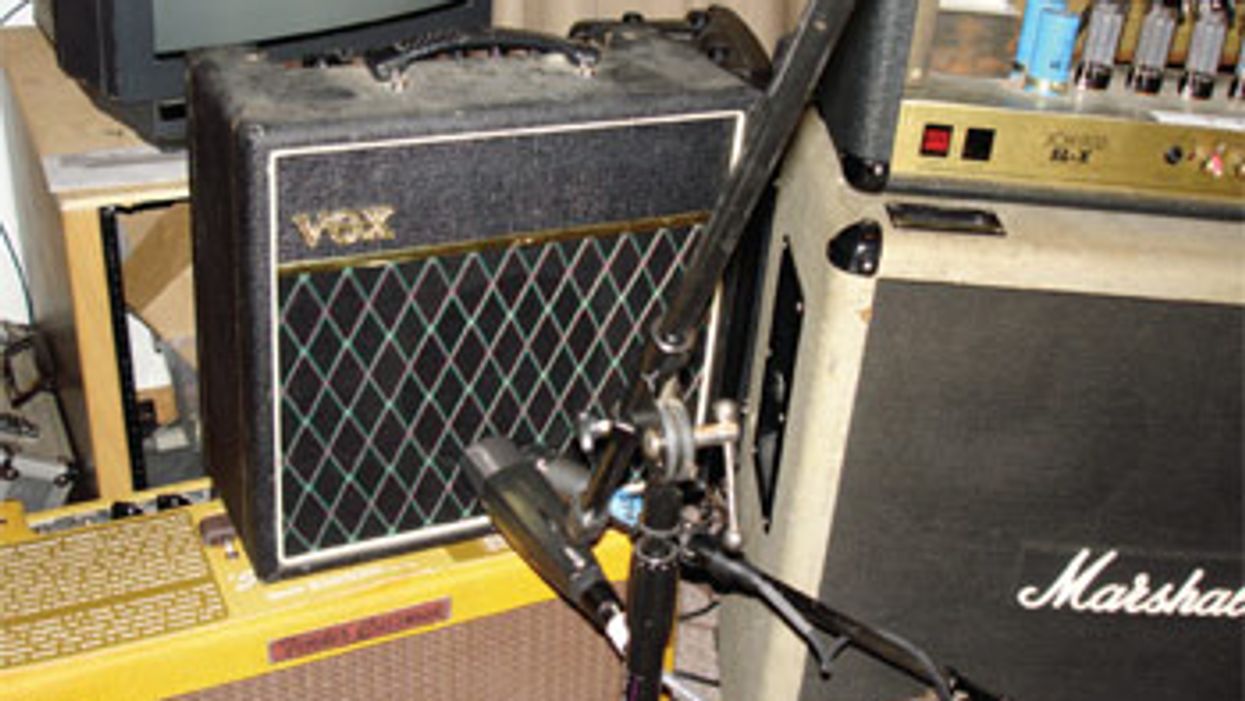Search
Latest Stories
Start your day right!
Get latest updates and insights delivered to your inbox.
md-409-guitar-hero-should-marty-mix-david-iscove-ace-aerosmith-metallica-hero-marty-project
Don’t Miss Out
Get the latest updates and insights delivered to your inbox.
Recent
load more
